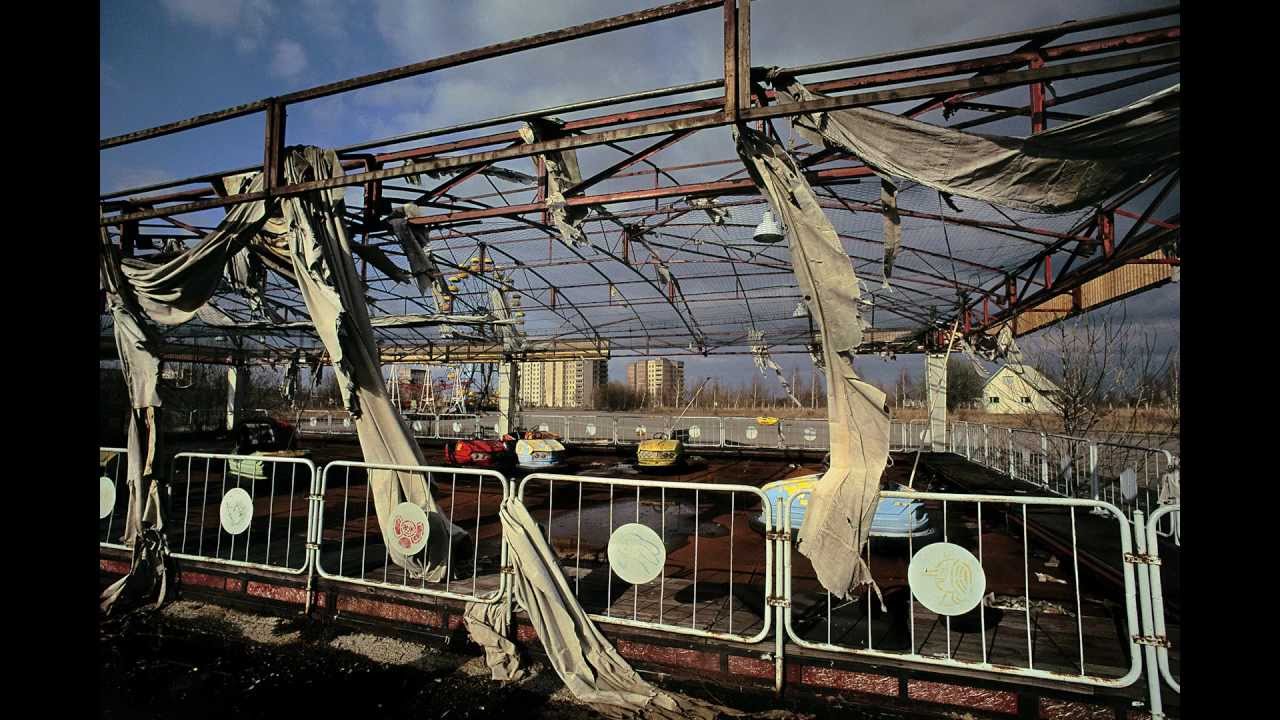A senior reactor operator employed at the Salem Nuclear Power Plant allegedly tested positive for cocaine after a random drug test. He was working as a control room supervisor. According to Career Zone, a person working in this capacity, “Operate or control nuclear reactors. Move control rods, start and stop equipment, monitor and adjust controls, and record data in logs. Implement emergency procedures when needed. May respond to abnormalities, determine cause, and recommend corrective action.” In other words, the individual runs the plant when it is online.

The employee, whose identity has not been revealed for the sake of privacy, has been suspended indefinitely. PSEG Nuclear followed procedure and reported the incident to the Nuclear Regulatory Commission. A spokesman from the NRC said, “It’s less material to us whether its cocaine, marijuana or alcohol. It’s that they are impaired in any way and unable to perform their duties.” (Source: NJ.com) No impairment was observed in the suspended employees work. Cocaine usage has been documented to disrupt motor control and judgement. Salem Nuclear plant has two reactors and has been running at full capacity with no problems during the operator’s suspension. About 52,000 people live within a ten mile radius of the plant.
In 2012, 205 nuclear power plant employees tested positive for drugs or alcohol. Marijuana, alcohol and cocaine were the top three substances identified in those employees. Given the potential for human error and mechanical breakdowns in the nuclear industry, it seems very reasonable that nuclear plant employees are tested randomly and consistently for substances.
Occupations with the highest rates of substance abuse are construction, food service, entertainment and sales, according to an LA rehab center.
One of the most well known nuclear power plant accidents — Three Mile Island — resulted from operator error, but no employees were impaired by any substances in that incident. Incidents at nuclear plants in Alabama and Ohio were also related to operator error.
One of the many advantages of solar power plants is that operator error could not cause a radiation leak of any sort. In theory, a solar plant operator could be impaired by a substance but still unable to do much damage to the public health, though he or she could
disrupt the production of electricity.
Nuclear Power Plant Operator Suspended for Cocaine Use was originally published on CleanTechnica.
To read more from CleanTechnica, join over 50,000 other subscribers: Google+ | Email | Facebook | RSS | Twitter.






![Obama State of the Union Address 2011 [VIDEO] Obama State of the Union Address 2011 [VIDEO]](http://zacharyshahan.com/wp-content/uploads/2012/11/025.jpg)